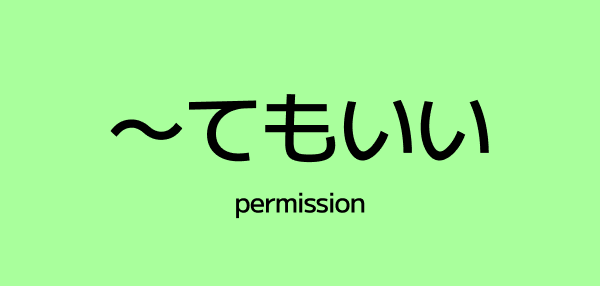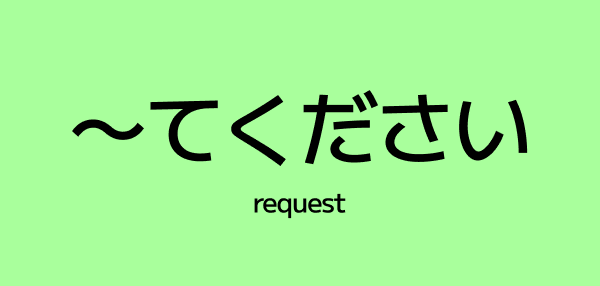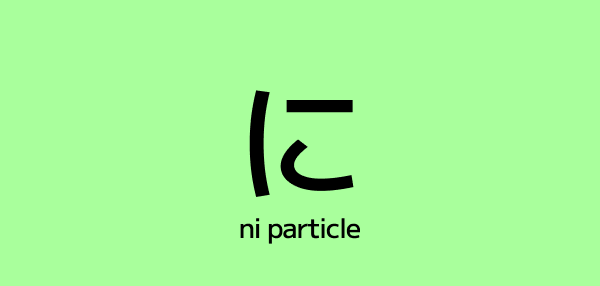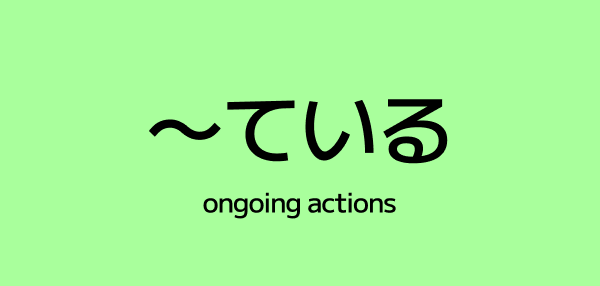The へ (E) Particle
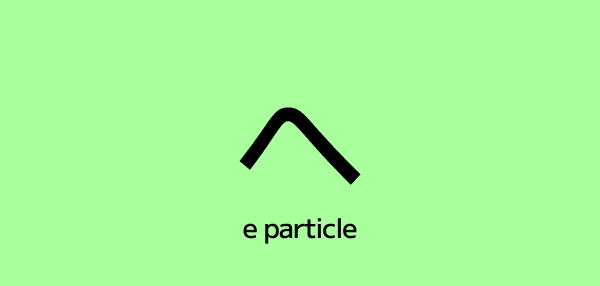
Particles like「へ」(pronounced "e", but looks like "he") may look simple, but they play a key role in expressing movement and intention in Japanese. While it’s often introduced early in grammar studies, many learners overlook its nuances or confuse it with「に」.
This guide covers the core usage of「へ」, how it compares to similar particles, and where it fits naturally in everyday Japanese.
1. Understanding the Particle「へ」
Definition and Pronunciation
- Written as 「へ」 but pronounced "e" when used as a particle.
- Indicates direction or destination of movement.
Example:
かれはがっこうへいきます。 Kare wa gakkou e ikimasu. (He is going toward the school.)
「へ」 shows the general direction, not necessarily arrival.
2.「へ」as a Direction Marker
The most common use of 「へ」 is to express movement toward a place, with verbs like 行く (go), 来る (come), 帰る (return), or 向かう (head toward).
Examples:
にほんへいきます。 Nihon e ikimasu. (I’m going to Japan.)
えきへはしります。 Eki e hashirimasu. (I run toward the station.)
✅ Use 「へ」 when you want to focus on the direction of the movement rather than arrival.
3.「へ」vs.「に」– What’s the Difference?
This is one of the most common questions learners have. Both「へ」and「に」can mark destinations, but there's a difference in nuance:
に- Arrival or endpoint
にほんにいきます。 Nihon ni ikimasu. (I’m going to Japan — I’ll get there.)
へ- Direction or path
にほんへいきます。 Nihon e ikimasu. (I’m heading toward Japan — maybe not there yet.)
In real life, they’re often interchangeable, but「へ」can sound slightly more formal or literary, and emphasizes movement rather than location.
4.「へ」in Abstract or Figurative Uses
「へ」can also indicate abstract directions, like time periods, themes, or states.
Examples:
とおいみらいへ・・・ Tooi mirai e... (Towards the distant future...)
あしたへむけてじゅんびをします。 Ashita e mukete junbi o shimasu. (I’ll prepare for tomorrow.)
せいこうへのいっぽ。 Seikou e no ippo. (A step toward success.)
Anime vibes much? The「へ」directional often helps people wax poetic, because what's more romantic than going "towards" an ideal future?
5. Common Verbs That Pair with「へ」
- 行く(いく) – to go
- 来る(くる) – to come
- 帰る(かえる) – to return
- 向かう(むかう) – to head toward
- 走る(はしる) – to run
- 飛ぶ(とぶ) – to fly
Example:
ひこうきでおおさかへとびます。 Hikouki de Oosaka e tobimasu. (I’ll fly to Osaka by plane.)
6. Common Mistakes and Tips
❌ Misusingにvsへ
に emphasizes arrival;へemphasizes movement toward.
Example:
- にほんにつきました。(I arrived in Japan.)
- にほんへいきました。(I went toward Japan.)
They sound similar, but mean different things.
❌ Usingへwith non-movement verbs
Incorrect:
- へやへたべます。(×) Correct:
- へやでたべます。(✓) (I eat in the room.)
→でis used for action location, notへ.
7. Cultural Nuance:へin Letters and Speeches
You’ll often see「へ」in written greetings or speech openings, especially in letters.
Examples:
おとうさんへ Otousan e (Dear Dad)
せんせいへ Sensei e (To my teacher)
→ This usage mirrors "To..." in English letters.
8. Summary – Core Functions of「へ」
- Marks direction or target of motion
- Not used with action location or abstract time
- Sounds more formal or directional than に in some contexts
- Can be used poetically for abstract goals or feelings
FAQs
Q: Can I always useにinstead ofへ? A: Mostly yes, but へ sounds better when focusing on direction or when being poetic/formal.
Q: Isへever used withあるorいる? A: No. Use に with ある/いる. Example: いえにいます。 (I’m at home.)
Q: Canへbe used with people? A: Yes, especially in letters or poetic speech. E.g., あなたへ (To you).
Final Thoughts
「へ」may be a simple particle on the surface, but it adds clarity, style, and nuance to directional expressions. Master it alongsideに, and you'll unlock a more natural and expressive level of Japanese.

